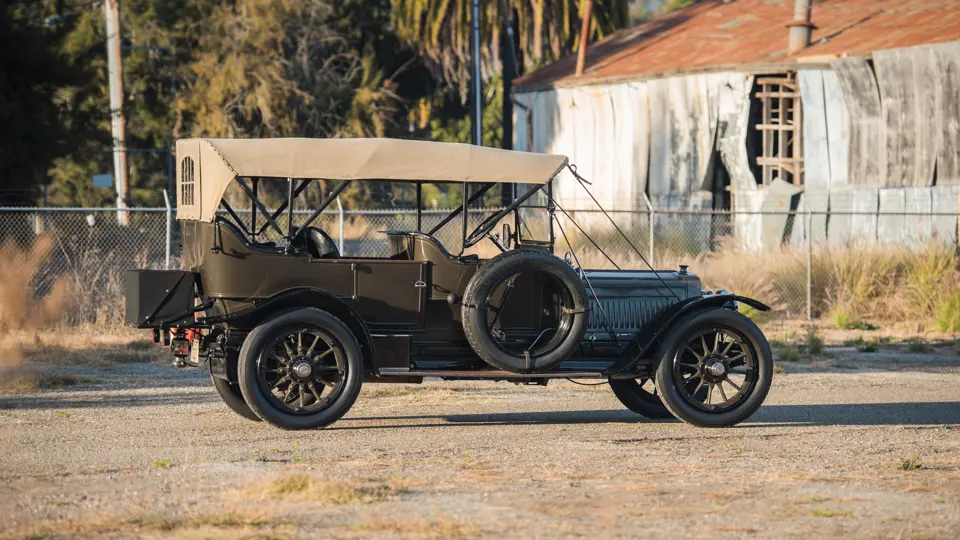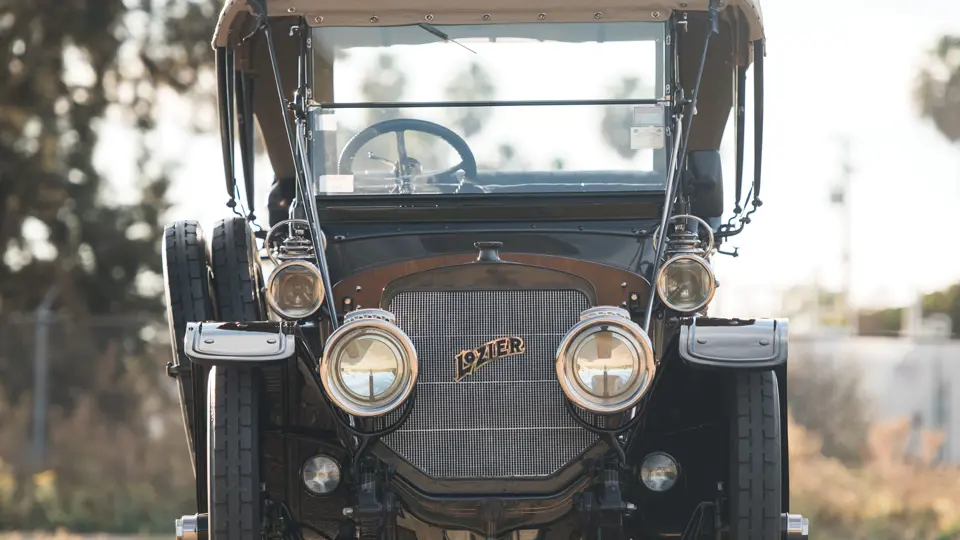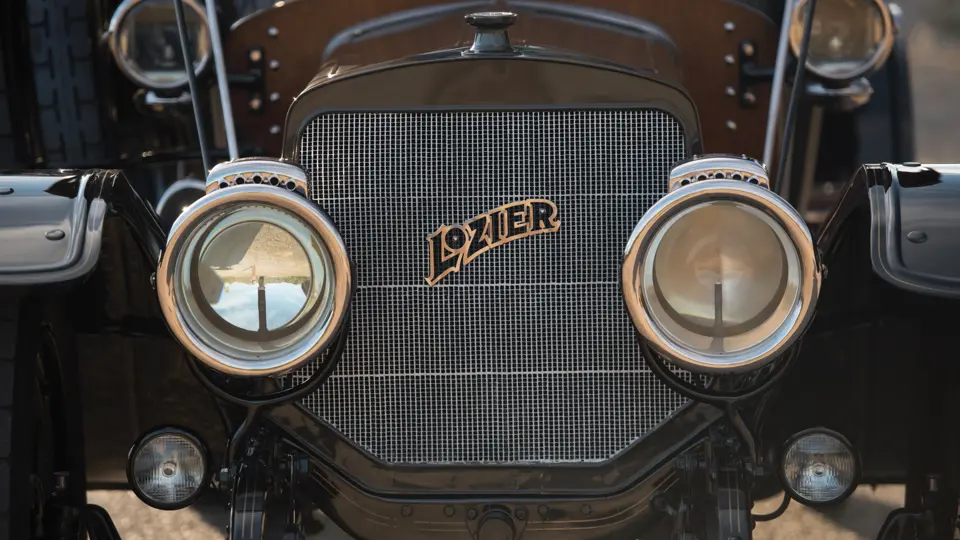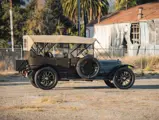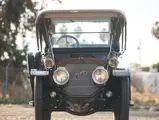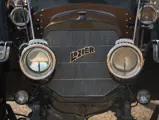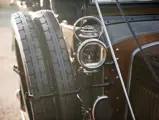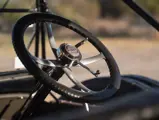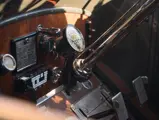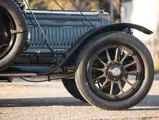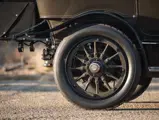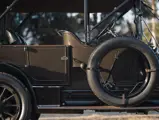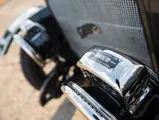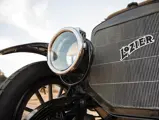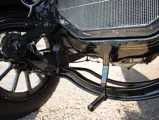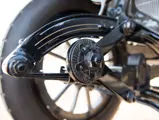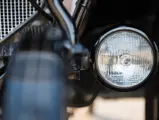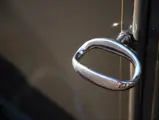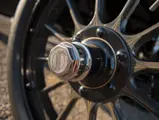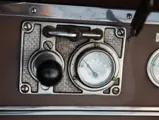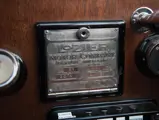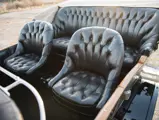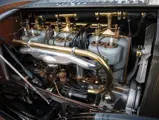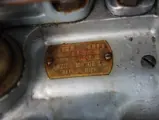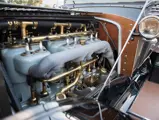
1911 Lozier Model 51 Seven-Passenger Touring
{{lr.item.text}}
$990,000 USD | Sold
Offered from the Craig McCaw Collection
{{bidding.lot.reserveStatusFormatted}}
- Offered from the Craig McCaw Collection
- Formerly of the Henry Ford Museum and Ken Pearson collections; four owners from new
- An outstanding, exhaustively documented example with all original components
- A reliable and well-maintained veteran of no fewer than 77 tours
- Among the finest Loziers and greatest Brass Era touring cars extant
51 rated hp, 554 cu. in. T-head inline six-cylinder engine with cylinders cast in pairs, four-speed manual transmission, solid front axle and three-quarter platform rear suspension, and rear-wheel mechanical drum brakes. Wheelbase: 131 in.
Lozier was great, and they knew it. From its inception in 1905 to its demise in 1918, the New York State automaker never produced more than 600 cars in any given year, and they were not only among the most expensive in the world but also, as the company’s advertising put it, “legitimately high-priced.” No mere luxury machine, the firm’s products were engineered to the heartiest of standards, resulting in stalwart construction that employed the finest materials and production techniques available, embodied gloriously in the example offered here.
Every single piece of this car was designed and engineered, including the uniquely detailed door straps, lap robe, gauges, and hardware. Inspection of mechanical components, like the crankcase, cooling fan, nickel valves, and highly advanced roller-bearing crankshaft, demonstrates the amount of thought invested in each piece, all the way down to the valve-stem caps. This was no mere gathering of nuts and bolts but a carefully thought-out symphony of many thousands of instruments, all working together into a swift and harmonious whole.
“WE MAY HAVE IT IF WE WILL TAKE IT”
Documentation on file from the Benson Ford Research Center indicates that chassis number 3574 was originally purchased by John O. Pauly of 224 West Wisconsin Avenue, Milwaukee, Wisconsin, as noted in a letter written to the Henry Ford Museum (then the Edison Institute) by Milwaukee Ford Branch Manager W.E. Simons in 1934. Mr. Simons had been offered the car by R.W. Crawford of the Barnsdall Oil Company of Chicago, on behalf of Mr. Pauly, “a party who…bought a new (car) every year and kept the old ones.” Of the Lozier, he had been told that “we may have it if we will take it as and where it is.” Subsequent inspection indicated that the car had been run only about 6,000 miles and has “been under cover and well cared for at all times.”
The gift was accepted by the Edison Institute, and the car that, when new, had cost $5,955—including $75 for nickel plating and $125 for its 100 mph Jones Speedometer—was thus quite literally given away.
A RESTORATION FOR THE AGES
The unrestored and original car remained with the Henry Ford Museum until 1968 and was then purchased by the collector Ken Pearson. Mr. Pearson was a tool-and-die maker who rebuilt all of his cars to utterly modern tolerances, with the intention of being able to drive each of them across the country without issue. In this case, the restoration was so well executed and so well documented that it easily rivals those performed by Harrah’s Automobile Collection. Information on file shows the car in its various stages of disassembly and reassembly, with all of its original pieces refurbished to their original specification, including fine details such as the gun bluing applied to the smallest parts and every piece of brass being polished in preparation for its show-quality plating.
Pearson recounted his obsessive attention to authenticity in an article on this car featured in the November-December 1972 Antique Automobile magazine. Regarding the canvas top, he recalled, “A sample of this material was mailed to Haartz, Inc. c/o Mr. John Haartz, who made the material, liner, and top, which was a perfect match.” He also discussed the integrity and the originality of the car, citing “the blackened wood where the reinforcing body irons were fitted to the framework while they were still hot enough to burn the wood…the reinforcing irons, fender brackets, etc. all showed signs of a blacksmith type of fabrication. No two pieces were exactly alike.”
The work list and notes from the restoration are unbelievable, and it is complemented by original documentation from Lozier, including assembly and specification information and correspondence with suppliers. Other items include factory photos of cars, scenes from the Lozier factory itself at various stages of motor car assembly, drawings of the six-cylinder Lozier engine, and photos of the Lozier racing team in action. Original sales literature includes a Bosch magneto sales brochure and even a Lozier parts catalogue. The file further includes correspondence between Pearson and racing driver Ralph Mulford!
In this case, the result is a motor car that drives like no other from the period, and it rivals anything that came out of Europe at the time.
“FOURTH/1800 RPM/78 MPH”
Finished in Olive Green with Gold pinstriping and matching 37X5 wood wheels, the quality of finish presented is not at all indicative of a four-decade-old restoration. The black leather upholstery is stuffed with horsehair, as it was originally, and it is complemented by a tan canvas top. The running boards and floorboards are covered in brown linoleum, as they were originally, and the car even comes with a significant package of spares, an itemized list of which is available and should be reviewed by interested parties.
One of the Lozier manuals reads, “When you reach 70 miles per hour, you may shift into fourth gear.” In keeping with this spirit, the kickboards underneath the front seat have handwritten notes, including one in Pearson’s hand that reads, “Fourth/1800 RPM/78 MPH.” The storage compartments are lined with cork so that the tools inside would not rattle during tours. For a car of this age, it is also important to note the originality of all the major mechanical components, sheet metal, and body wood, down to minor pieces and parts, which, while reproducible, will never be the same as the hallmarked originals. The latches on the toe boards are still serialized with their original Yale logos, and the Solar headlamps have serialized tags that read, “Made Exclusively for Lozier”; many other similar details are present throughout the car. The glass covering the face of the Waltham clock is beveled, and the fine detail on the instrumentation needs to be examined to be appreciated. For ease of use, an air starter was installed by Mr. Pearson, and it has proven to be supremely reliable over the years.
The result of Pearson’s efforts was recognized with an AACA National First Prize in 1970. Amazingly, the Lozier then participated in no fewer than 77 tours and meets between June 1970 and May 1988! Tens of thousands of miles were added to the odometer, and in spite of this use, the car remains exceptional today. The documentation also contains information pertaining to a 50th Wedding Anniversary Tour in 1991, honoring Louise and Ken Pearson.
Continuously driven and well maintained since Mr. McCaw’s acquisition from the Pearson Family, this car is truly one of the greatest Brass Era automobiles. It boasts exceptional provenance, unheard-of documentation, a level of quality and detail true to its original manufacturer, and a history of consistent, reliable road performance that is second to none.
With just four owners in 105 years of existence, this Lozier is world-class in every way and deserving of a home in a world-class collection.




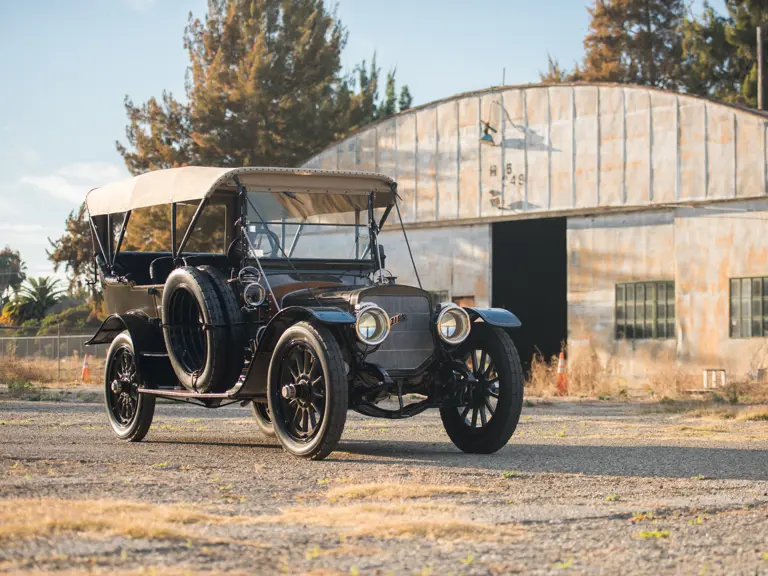
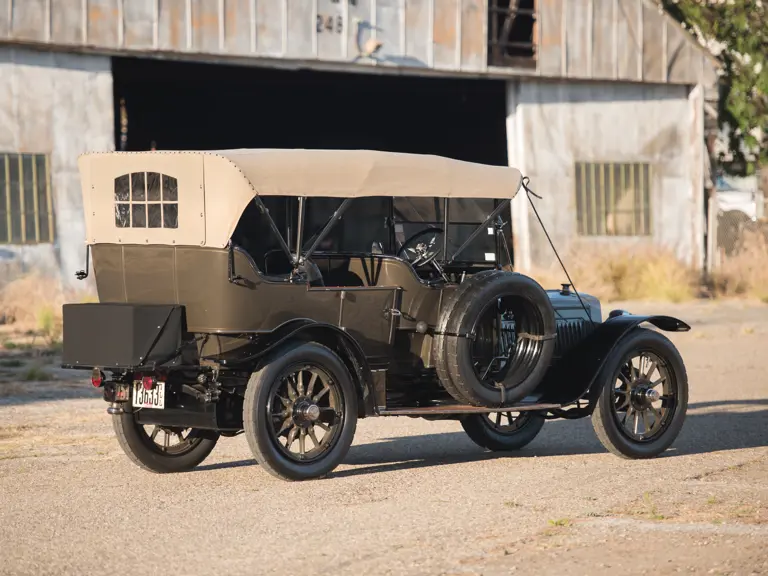
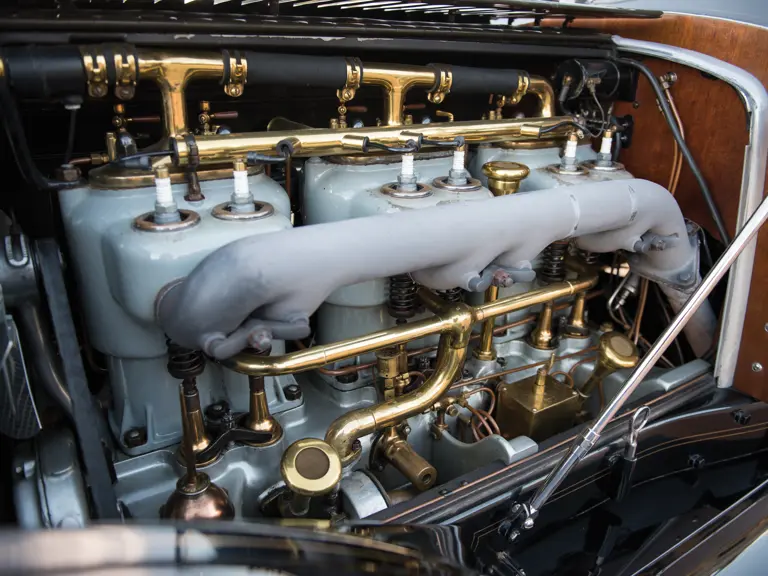
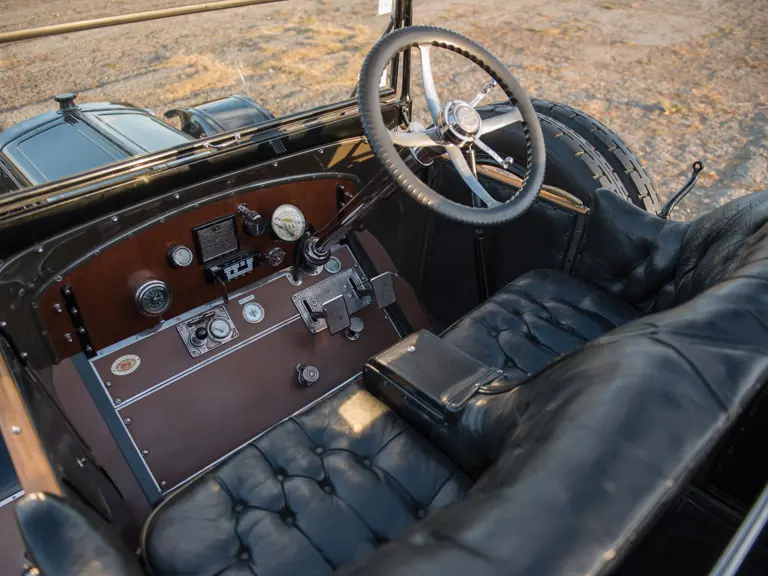
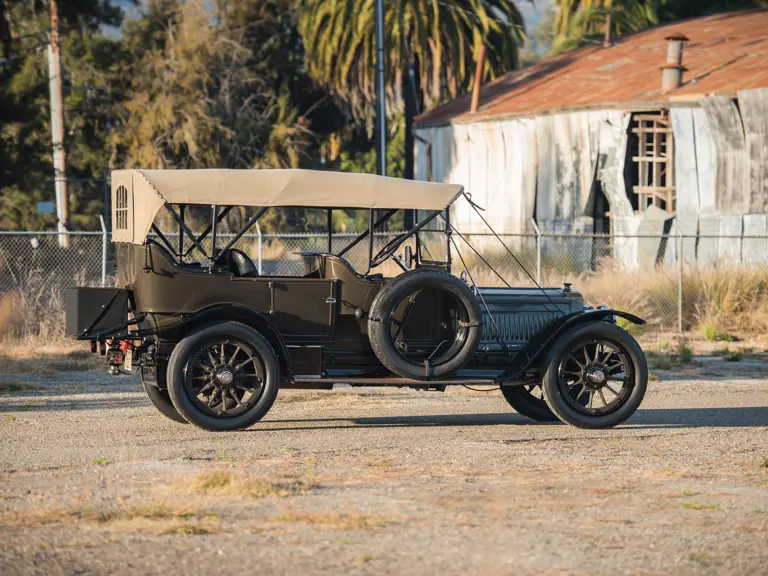
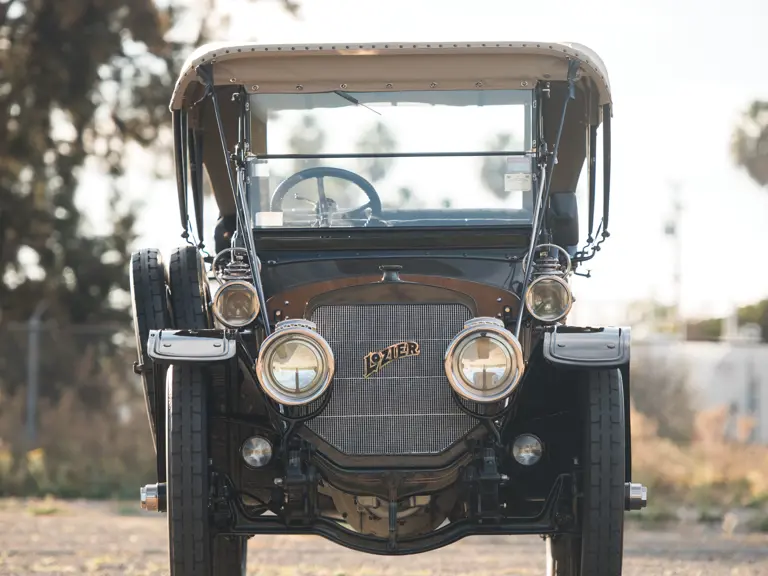
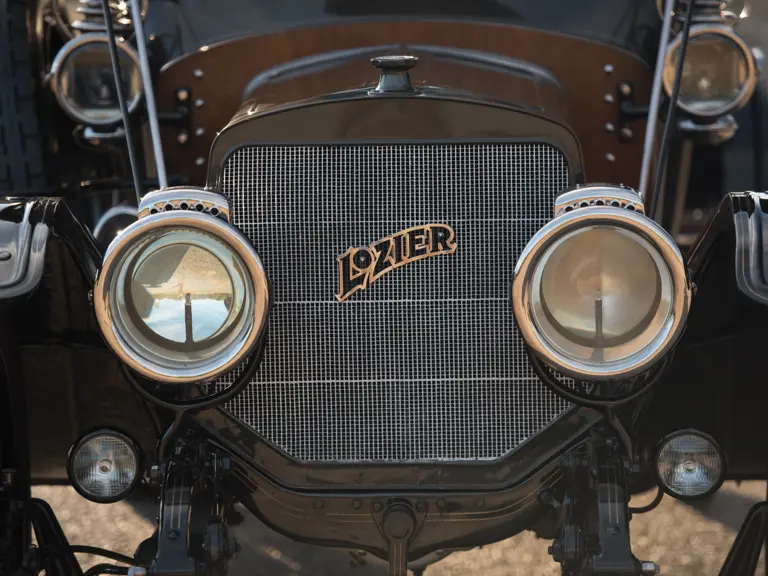
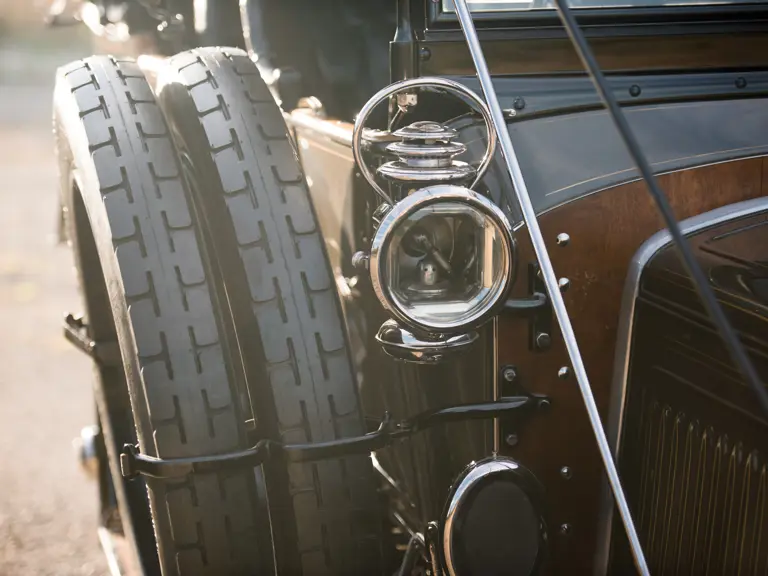
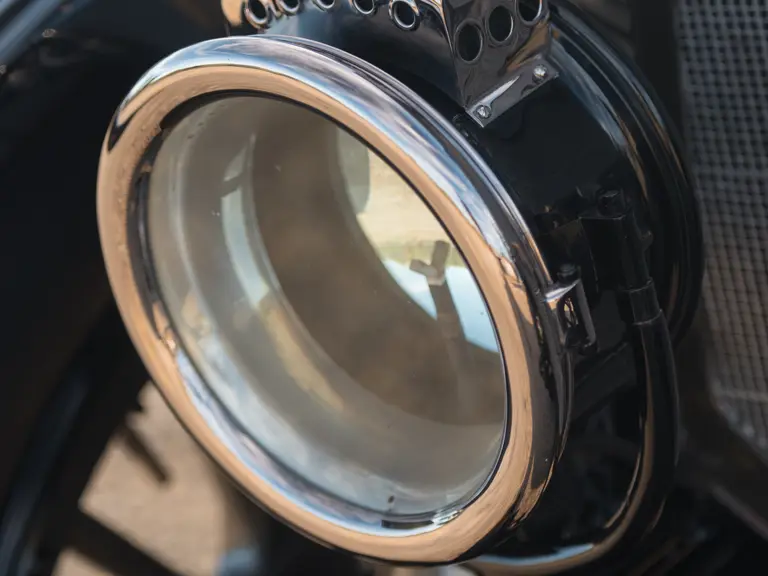
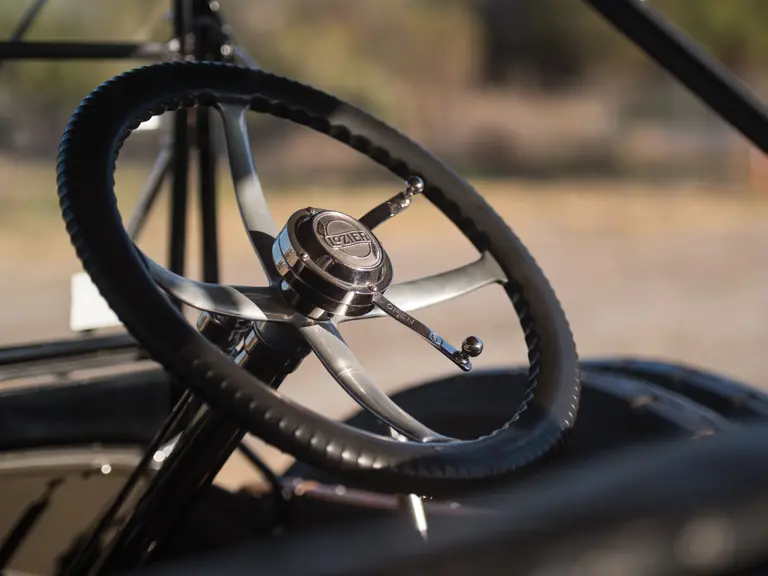

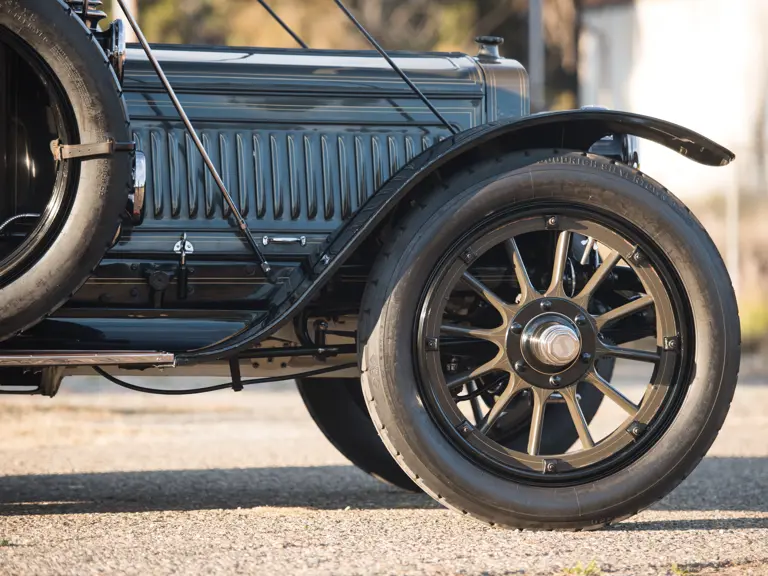
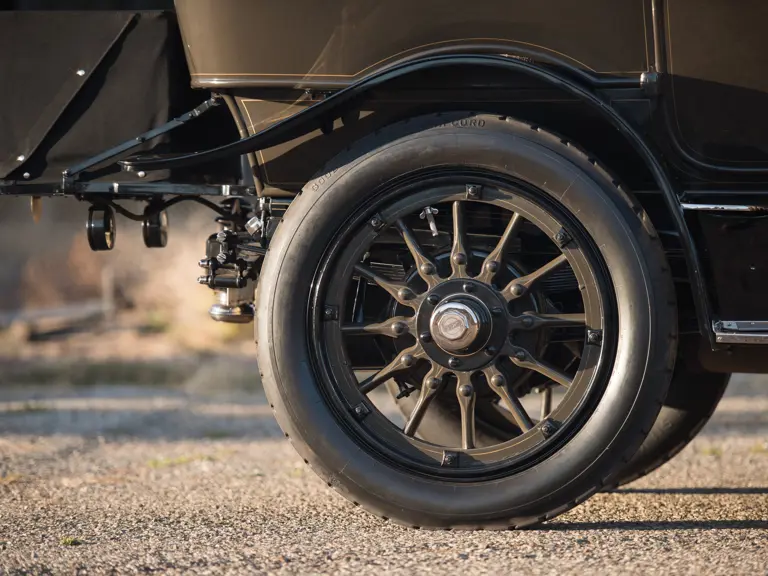
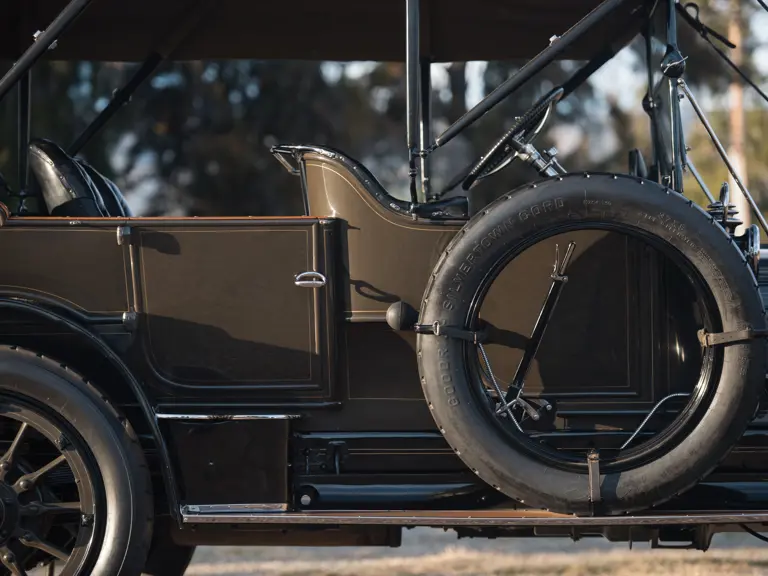
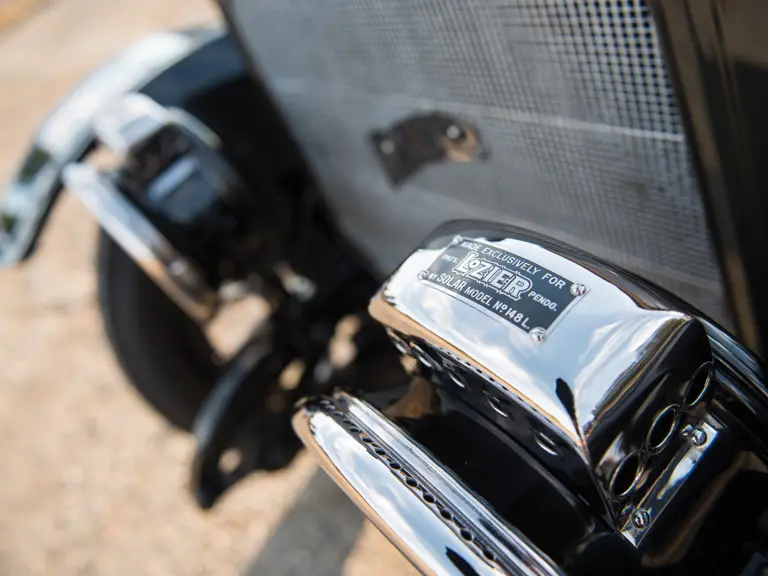
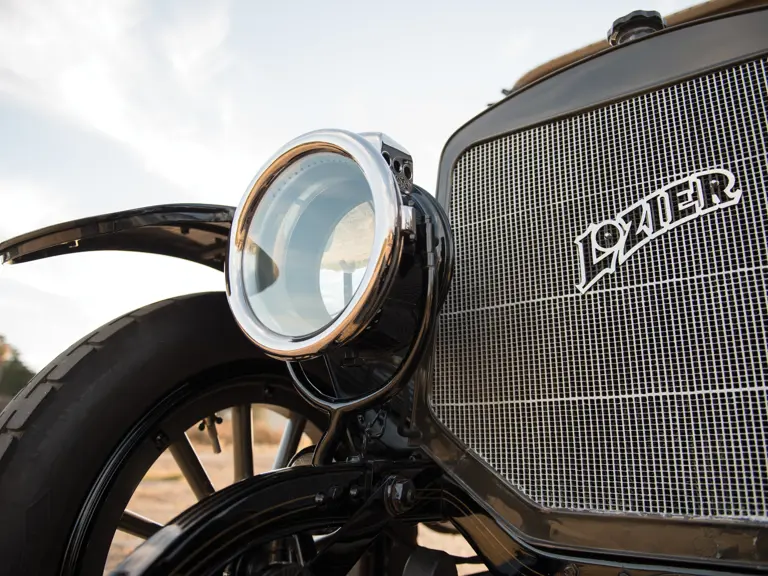
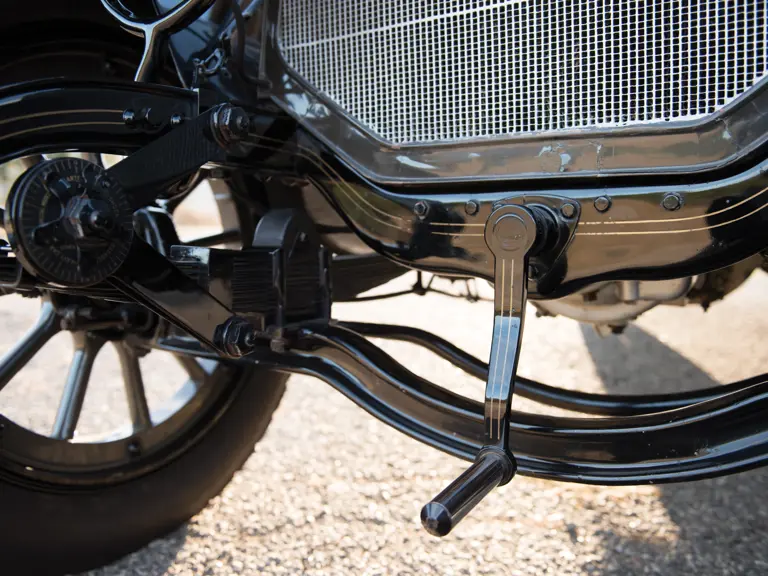
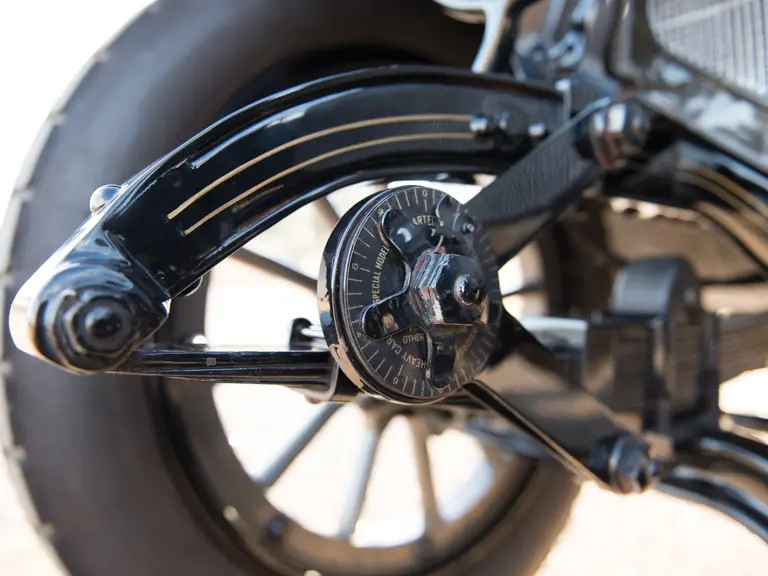
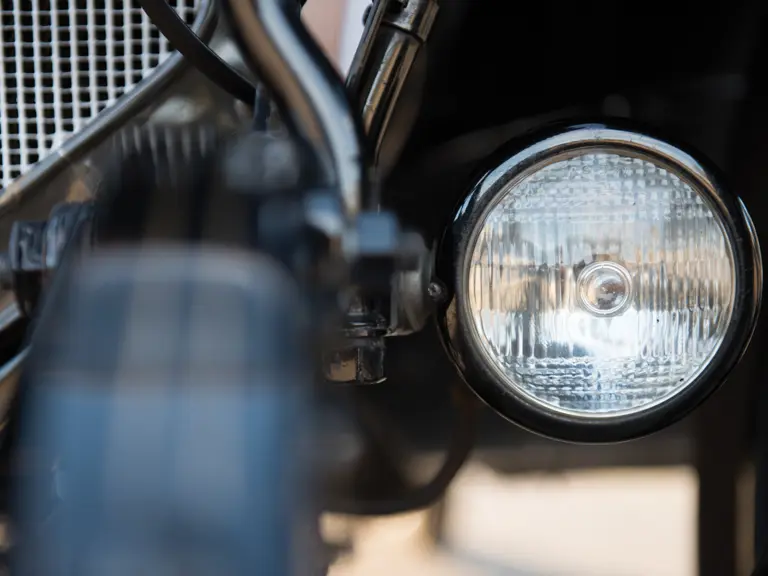
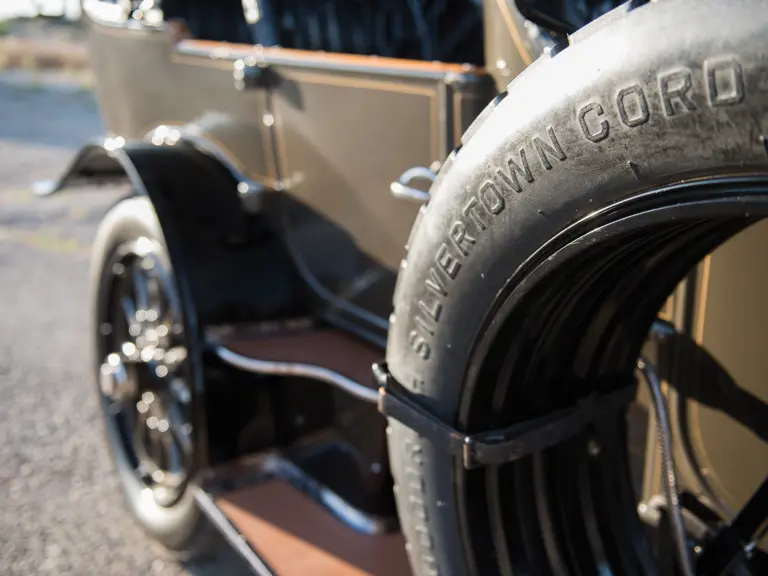
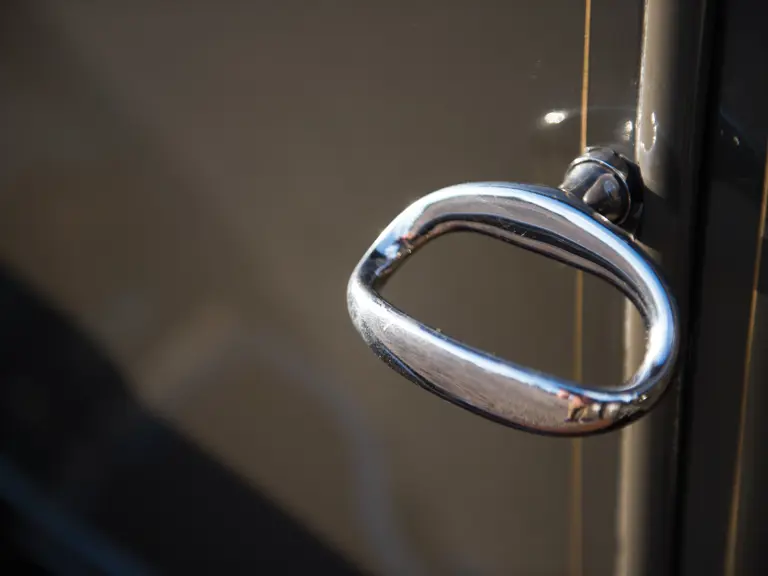
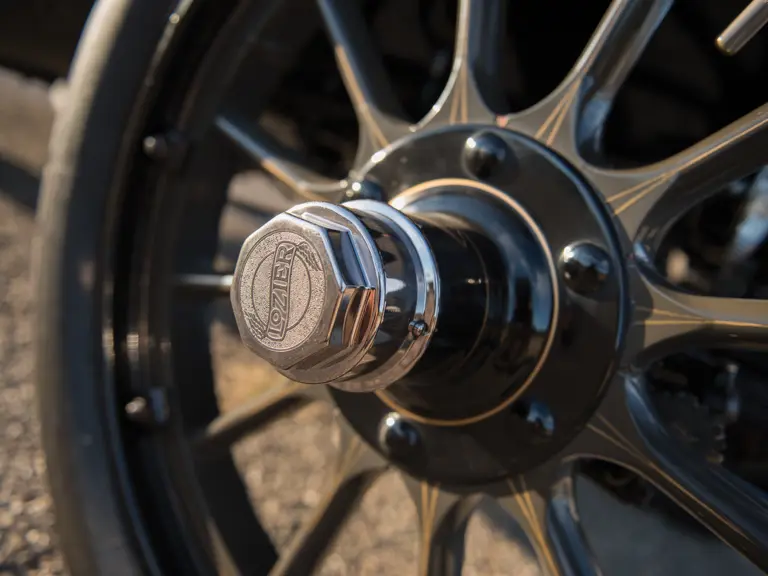
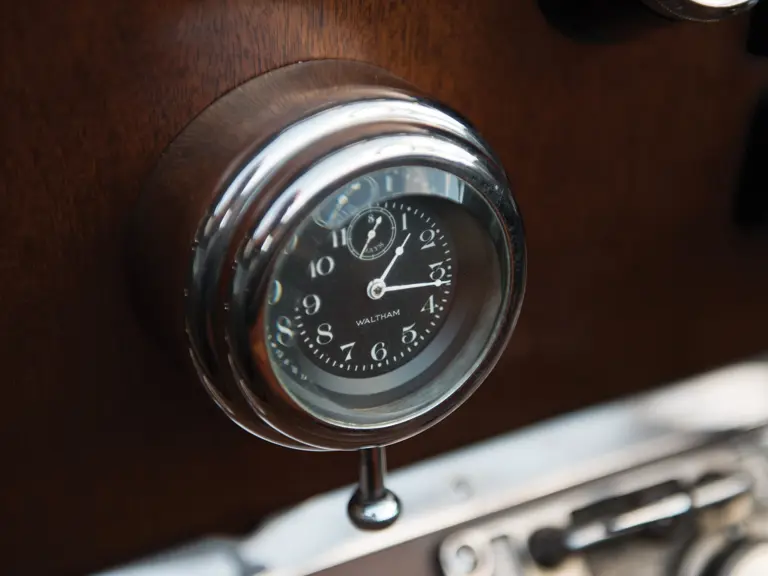
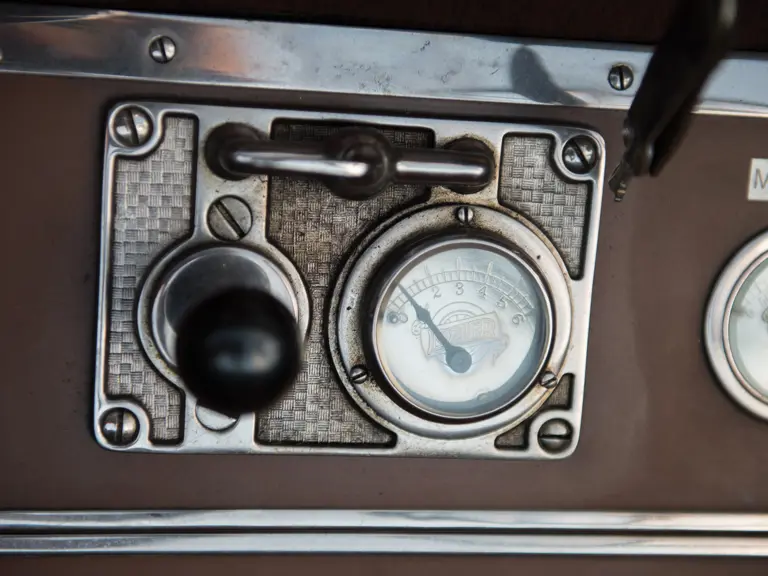
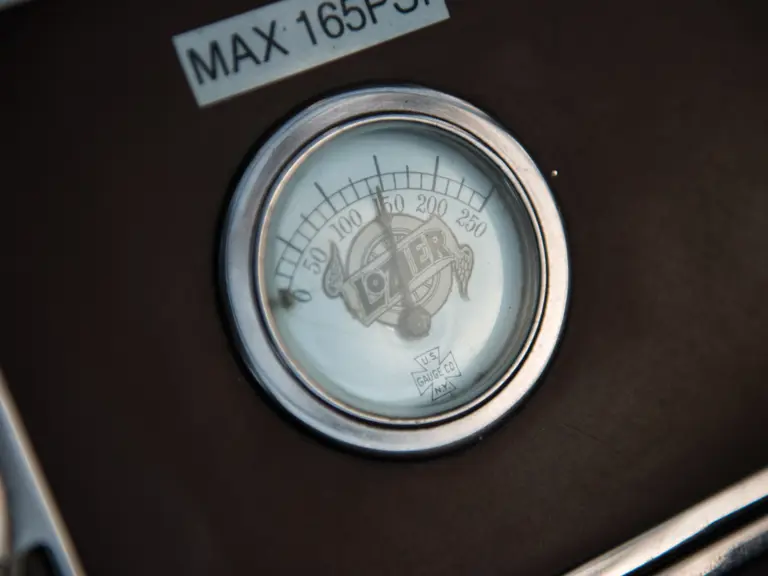

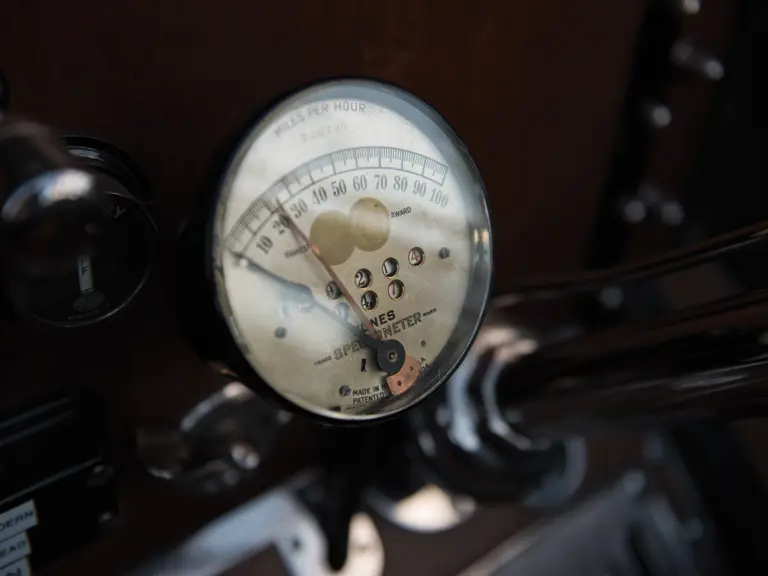
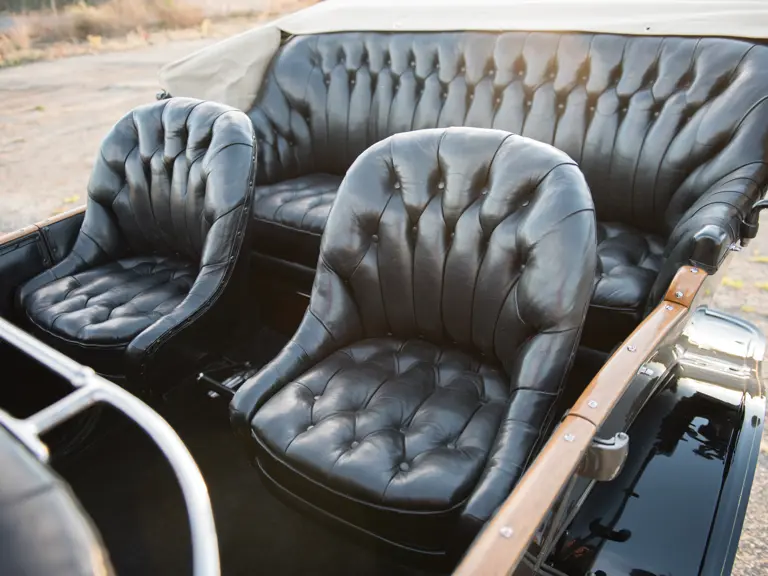
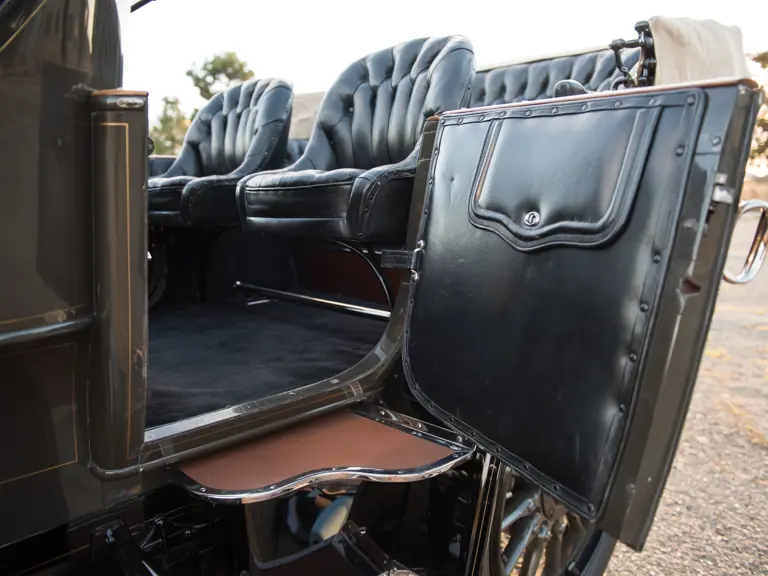
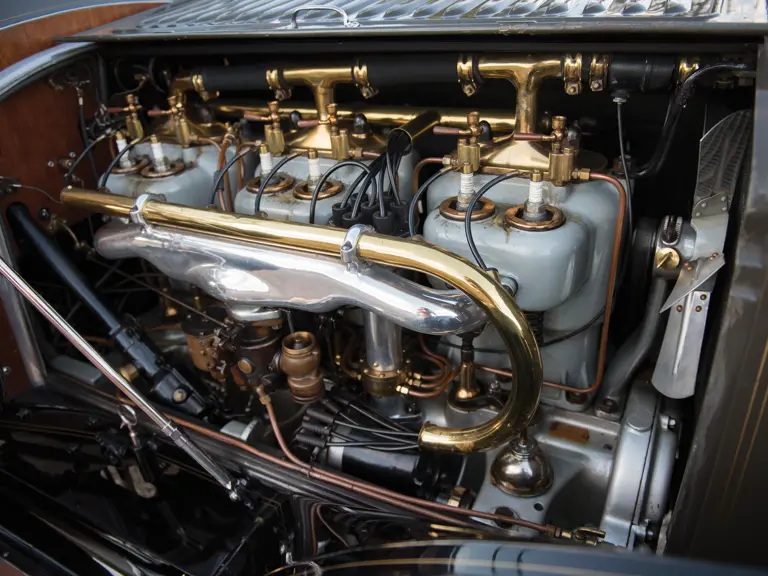

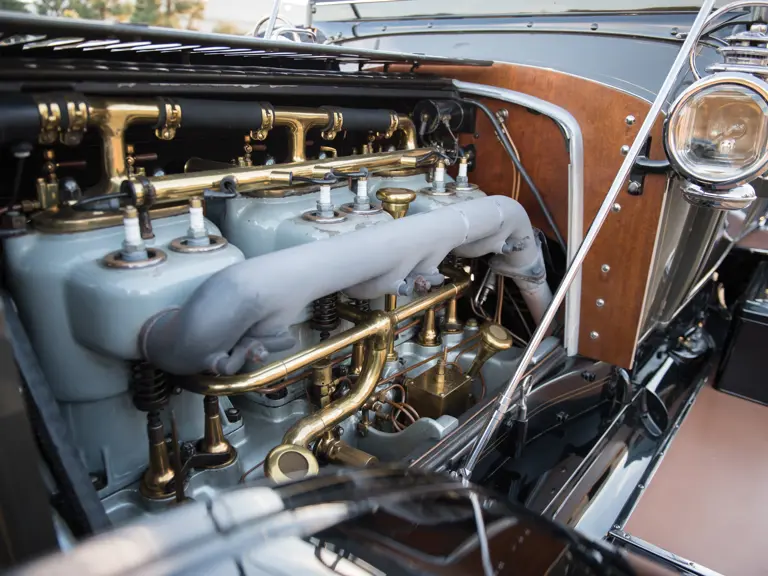

 | Phoenix, Arizona
| Phoenix, Arizona
